A new future beckons for the magnificent, crumbling Palladian mansion that is 'the finest 18th-century house in Cumbria'
High Head Castle may currently only have two bedrooms and a small kitchen, but the opportunity to restore a property which was once 'the finest 18th-century house in the region' has proved too enticing to pass up.
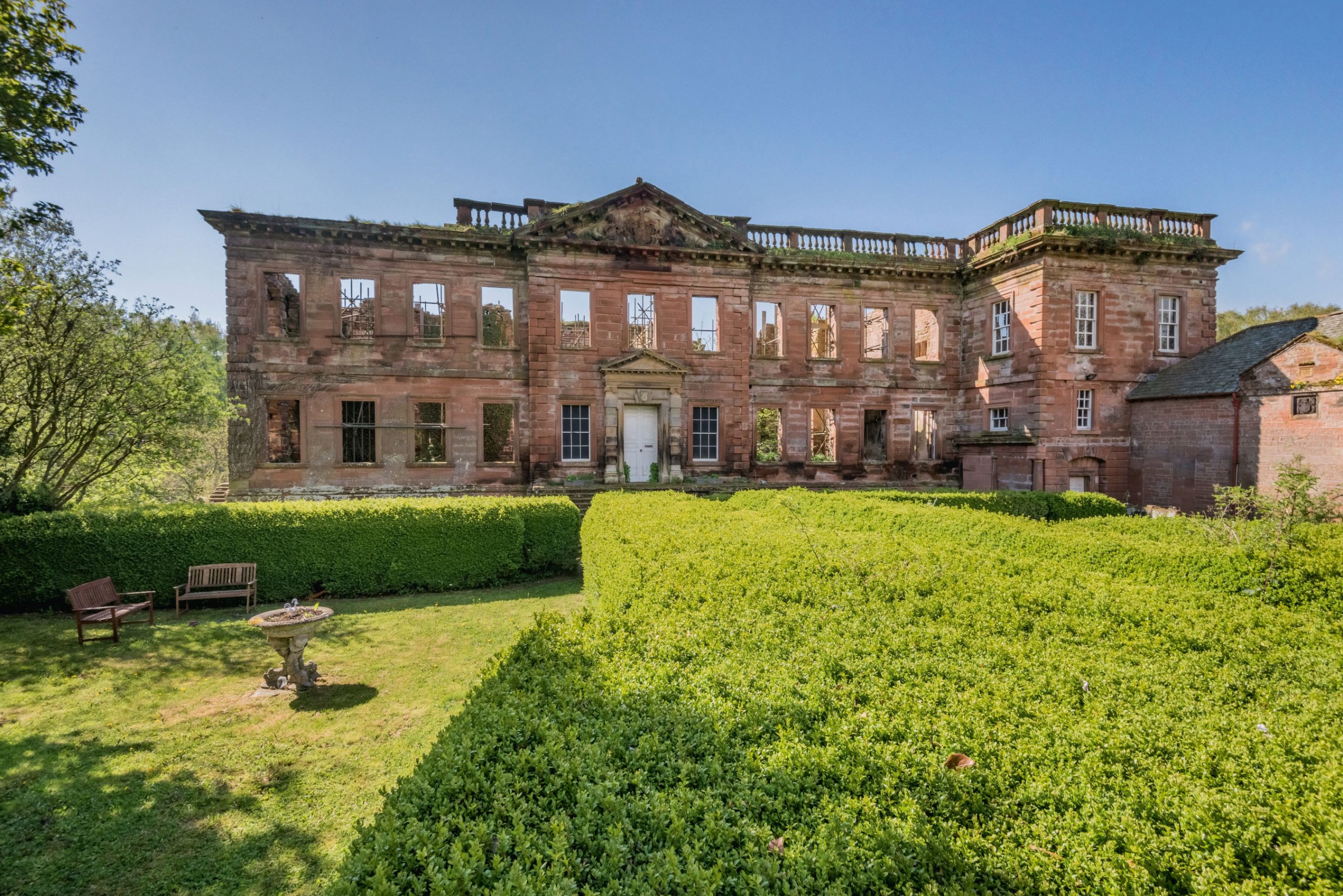
It's not entirely accurate to describe High Head Castle, near Carlisle, Cumbria, as a ruin: it does have some habitable indoor space, namely two bedrooms and a small kitchen.
But when it came to the market in late 2018, it was clear to all that the opportunity here was not about finding a place to live: it was about the chance to restore a property which was once the finest 18th-century house in the region.
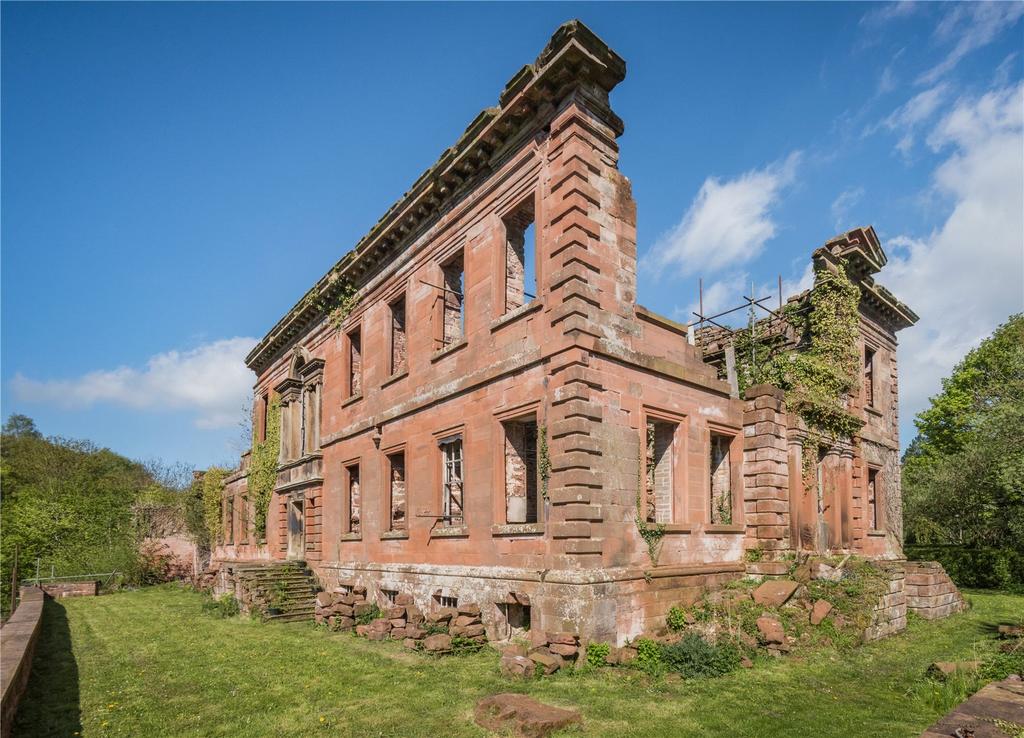
Plenty of people were up for the challenge, with Savills fielding enquiries from across the world. In the end, the man who placed the winning bid on High Head was entrepreneur Edward Salter, who described himself as 'thrilled to be its new owner and custodian.'
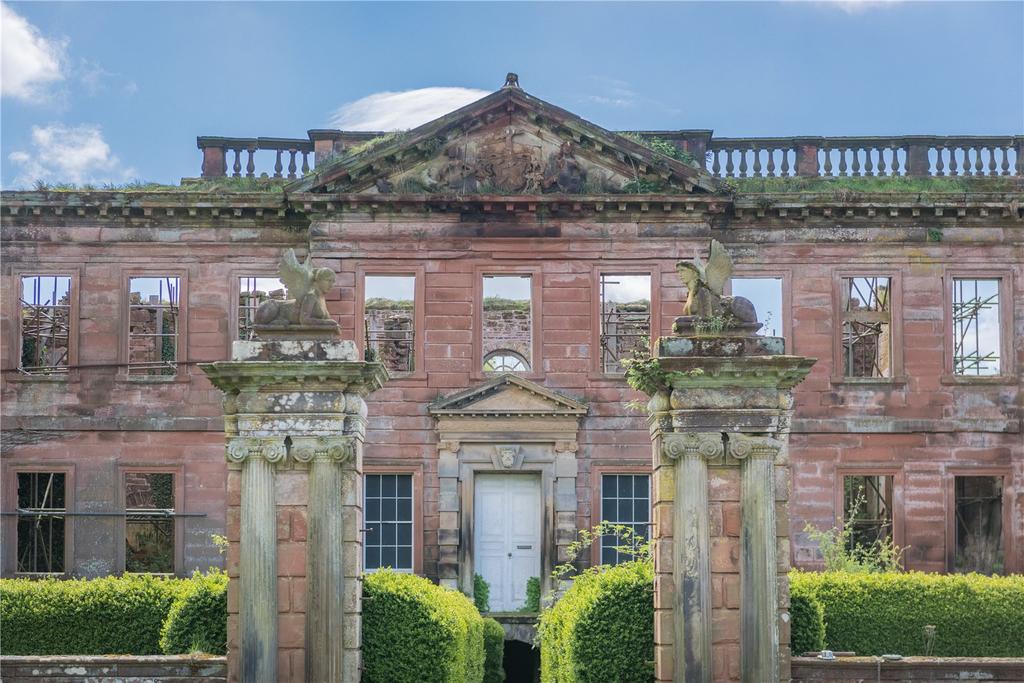
This once-grand Palladian mansion — which sits atop a 100ft gorge above the River Ive — was described by Pevsner in its heyday as ‘the finest 18th-century house in the region’. Country Life visited High Head in 1921, 35 years before it was gutted by fire.
A subsequent report in 1988 painted a sad picture of its plight:
The photographs of High Head published in Country Life on October 15, 1921, compare sadly with the present wilderness, now shoulder-high in places. The entrance stair's ironwork has vanished and saplings grow in its place.
Before-and-after pictures published in the 1988 report do a fine job of showing exactly what was lost.
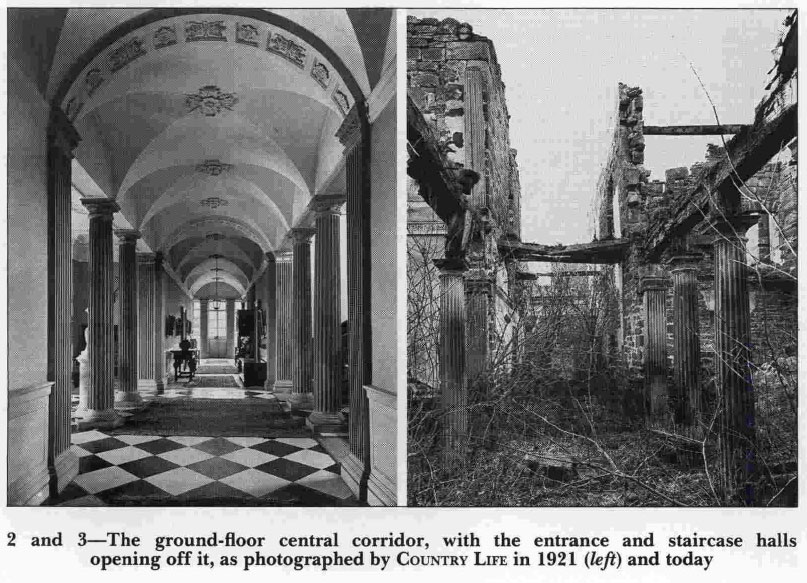
Despite the evident high cost of restoration, the response was ‘astounding’, Melissa Lines of Savills told Country Life in 2018. The agents were overwhelmed by enquiries from Cumbria, London and as far afield as Morocco and South Africa.
Sign up for the Country Life Newsletter
Exquisite houses, the beauty of Nature, and how to get the most from your life, straight to your inbox.
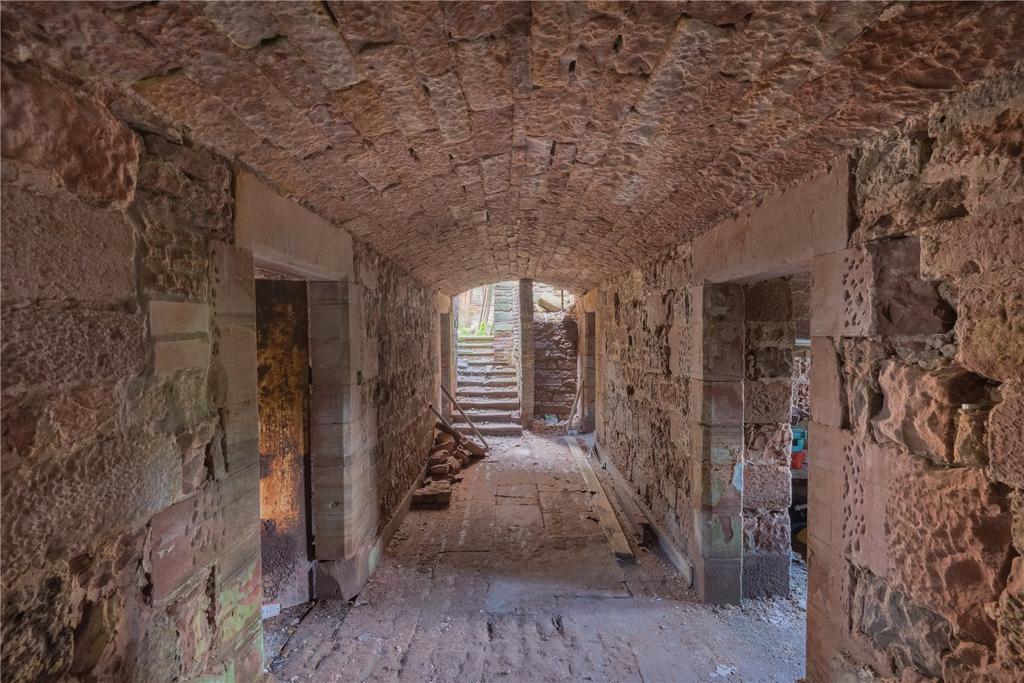
The ups and downs of the castle have seen it come close to demolition several times, while some planned major restorations have fallen by the wayside over the years as well.
High Head Castle comprises a four-storey, mid-18th-century house known as The Classical House and a Tudor west wing dating from 1542, each separately listed Grade II*.
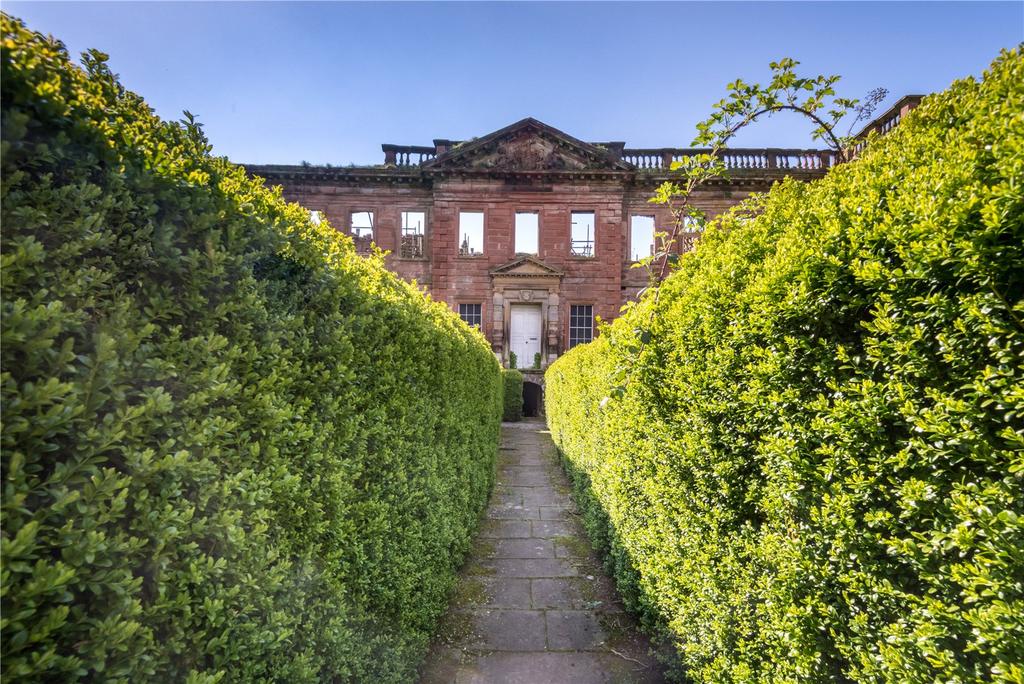
The west wing abuts a medieval tower – the remains of an earlier medieval castle from 1272 – and a servants’ wing added in 1903. The Classical House was built for the Brougham family in 1744–49, probably to designs by the architect James Gibbs.
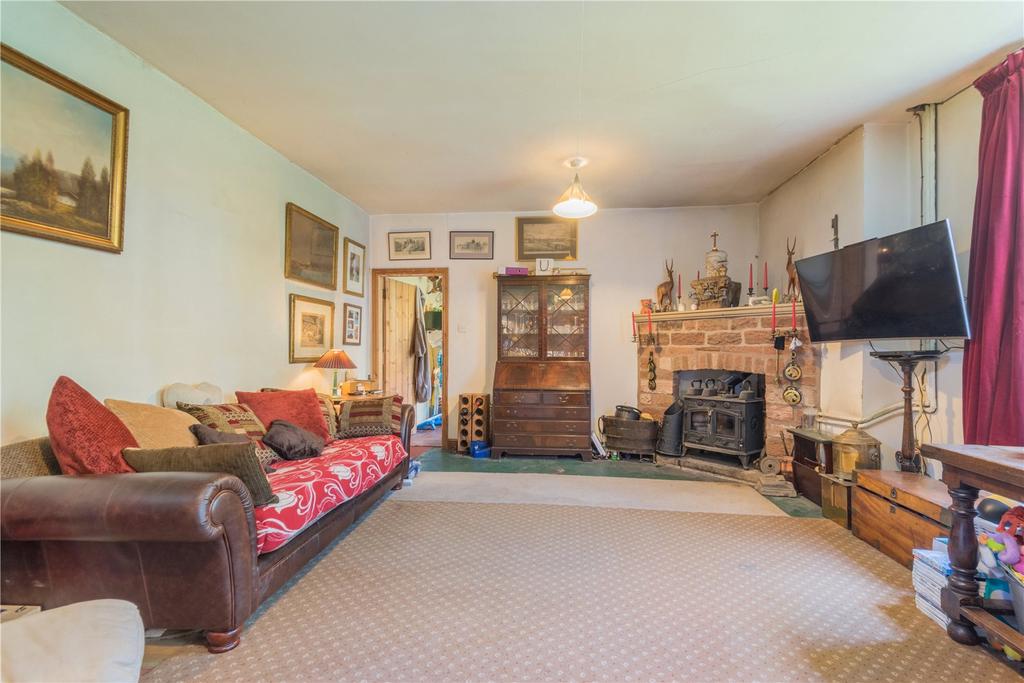
High Head Castle has escaped destruction on at least three occasions. The first was in 1902, when it was bought and extensively repaired by Herbert Hills (Country Life, October 15, 1921). The second was in 1956, when The Classical House and the Tudor wing were both gutted by fire.
The third came in 1985, when the then owner’s application to have the castle demolished was refused and it was bought by the late Christopher Terry.
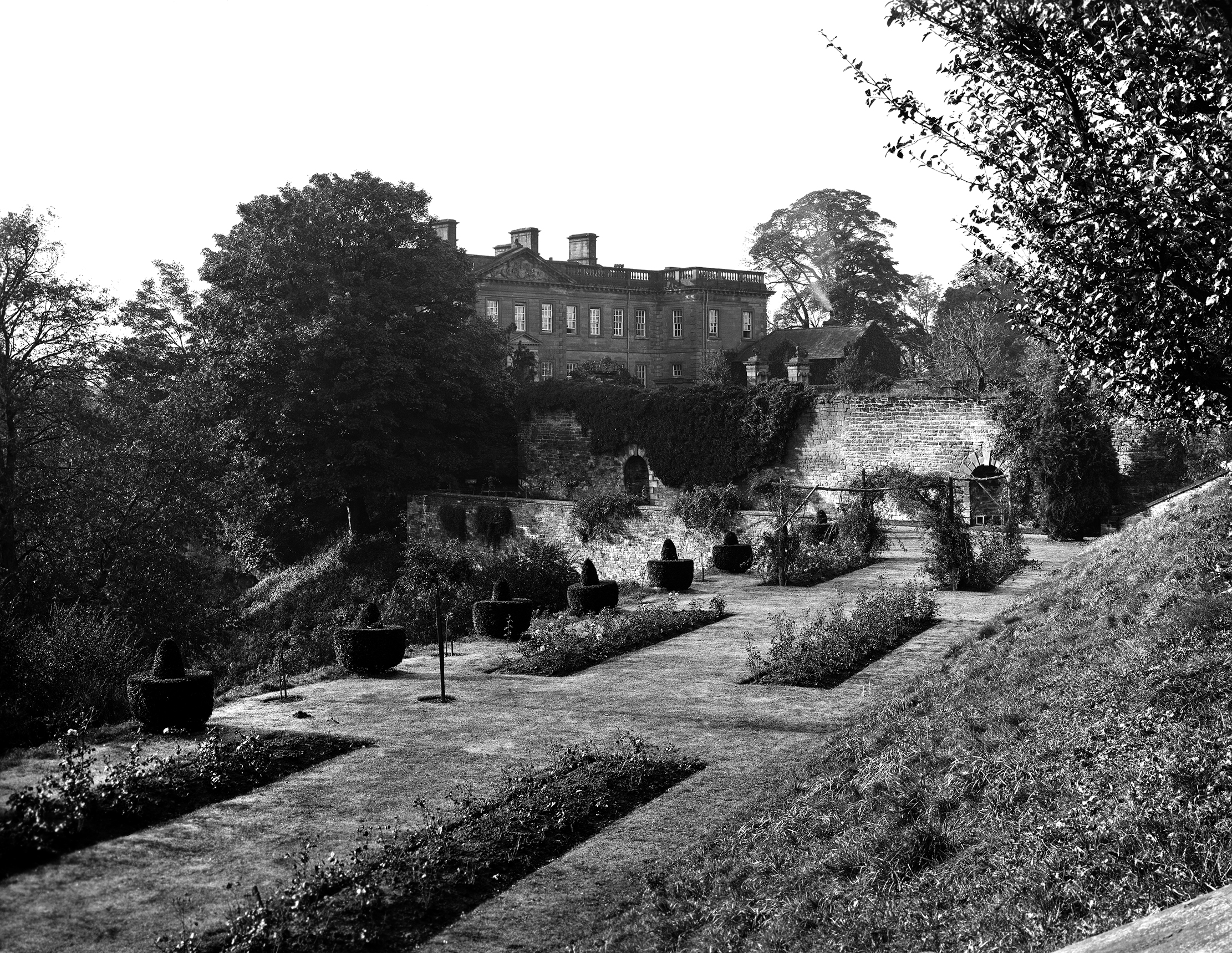
Mr Terry embarked on a lengthy restoration project, with a suggestion that it might become a hotel, but his family has reluctantly decided to abandon their efforts and instead pass the baton on to a new owner.
Mr Salter's future development plans are still under wraps for now pending discussions with the relevant authorities, but there is now no question of demolition: a wonderful restoration is the aim. Let's hope all goes smoothly, and that it's fourth time lucky for High Head Castle.
Find castles for sale — Country Life

Credit: Jackson-Stops
An exquisite neo-Classical country house executed in perfect symmetry
The enduring English love affair with the Palladian tradition is encapsulated at glorious Henbury Hall in Cheshire, inspired by Villa
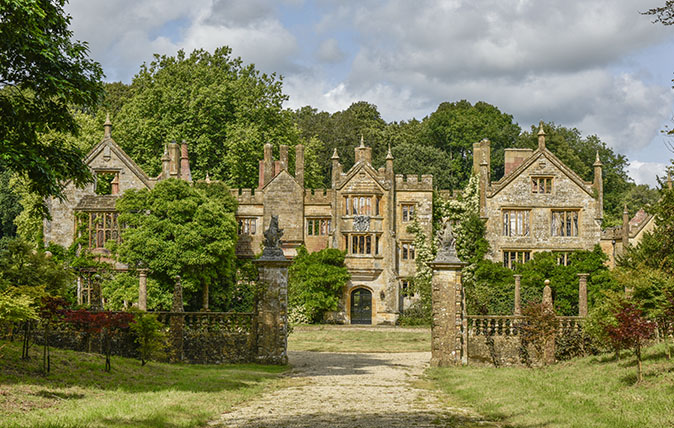
Credit: Knight Frank
One of our most ancient country houses, tragically gutted by fire, is in need of saving and fast
One of the oldest, largest and most beautiful country houses in England has come up for sale – and while
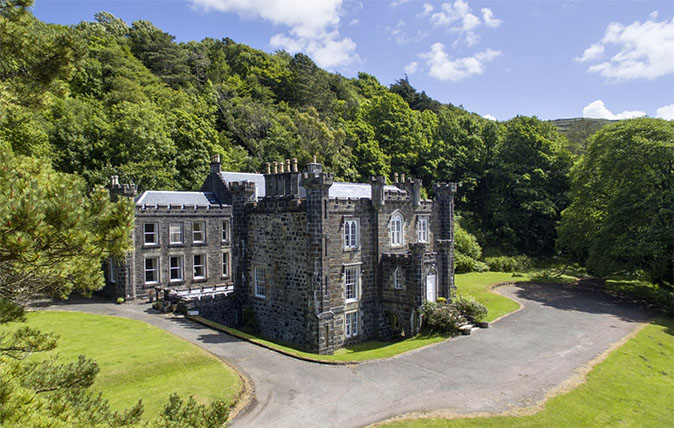
Credit: strutt & parker
A magnificent beachfront Scottish castle with 28 acres of wonderful woodland– all for less than a small country cottage
This stunning estate housed a naval captain, a Canadian mounted officer and the Profumo family.
Toby Keel is Country Life's Digital Director, and has been running the website and social media channels since 2016. A former sports journalist, he writes about property, cars, lifestyle, travel, nature.
-
 Some of the finest landscapes in the North of England with a 12-bedroom home attached
Some of the finest landscapes in the North of England with a 12-bedroom home attachedUpper House in Derbyshire shows why the Kinder landscape was worth fighting for.
By James Fisher Published
-
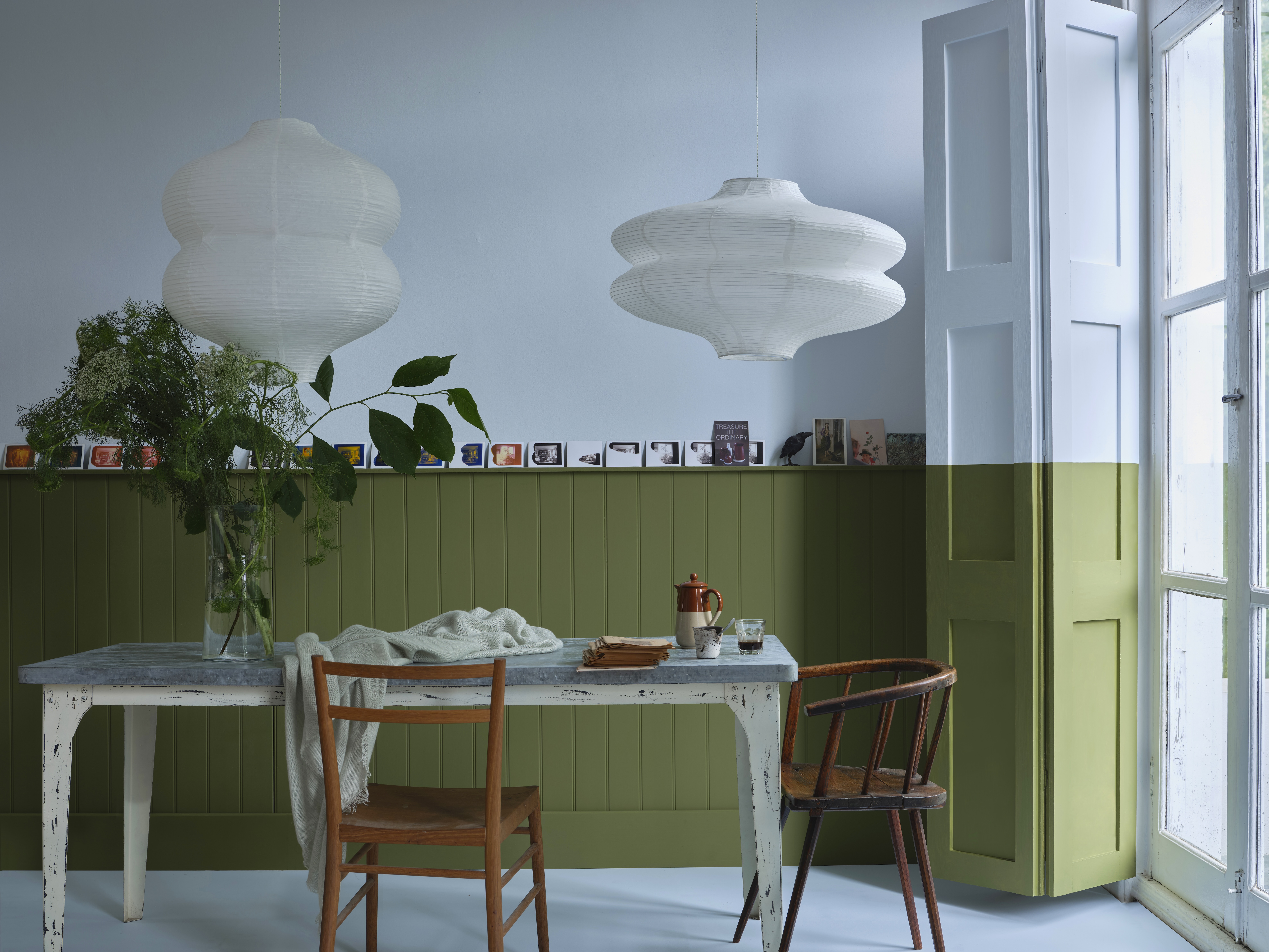 John Sutcliffe — The man, the myth and the paint-naming legend behind Dead Salmon and Elephant's Breath
John Sutcliffe — The man, the myth and the paint-naming legend behind Dead Salmon and Elephant's BreathBy Carla Passino Published
-
 Some of the finest landscapes in the North of England with a 12-bedroom home attached
Some of the finest landscapes in the North of England with a 12-bedroom home attachedUpper House in Derbyshire shows why the Kinder landscape was worth fighting for.
By James Fisher Published
-
 Could Gruber's Antiques from Paddington 2 be your new Notting Hill home?
Could Gruber's Antiques from Paddington 2 be your new Notting Hill home?It was the home of Mr Gruber and his antiques in the film, but in the real world, Alice's Antiques could be yours.
By James Fisher Published
-
 What should 1.5 million new homes look like?
What should 1.5 million new homes look like?The King's recent visit to Nansledan with the Prime Minister gives us a clue as to Labour's plans, but what are the benefits of traditional architecture? And can they solve a housing crisis?
By Lucy Denton Published
-
 Welcome to the modern party barn, where disco balls are 'non-negotiable'
Welcome to the modern party barn, where disco balls are 'non-negotiable'A party barn is the ultimate good-time utopia, devoid of the toil of a home gym or the practicalities of a home office. Modern efforts are a world away from the draughty, hay-bales-and-a-hi-fi set-up of yesteryear.
By Madeleine Silver Published
-
 Five beautiful homes, from a barn conversion to an island treasure, as seen in Country Life
Five beautiful homes, from a barn conversion to an island treasure, as seen in Country LifeOur pick of the best homes to come to the market via Country Life in recent days include a wonderful thatched home in Devon and a charming red-brick house with gardens that run down to the water's edge.
By Toby Keel Published
-
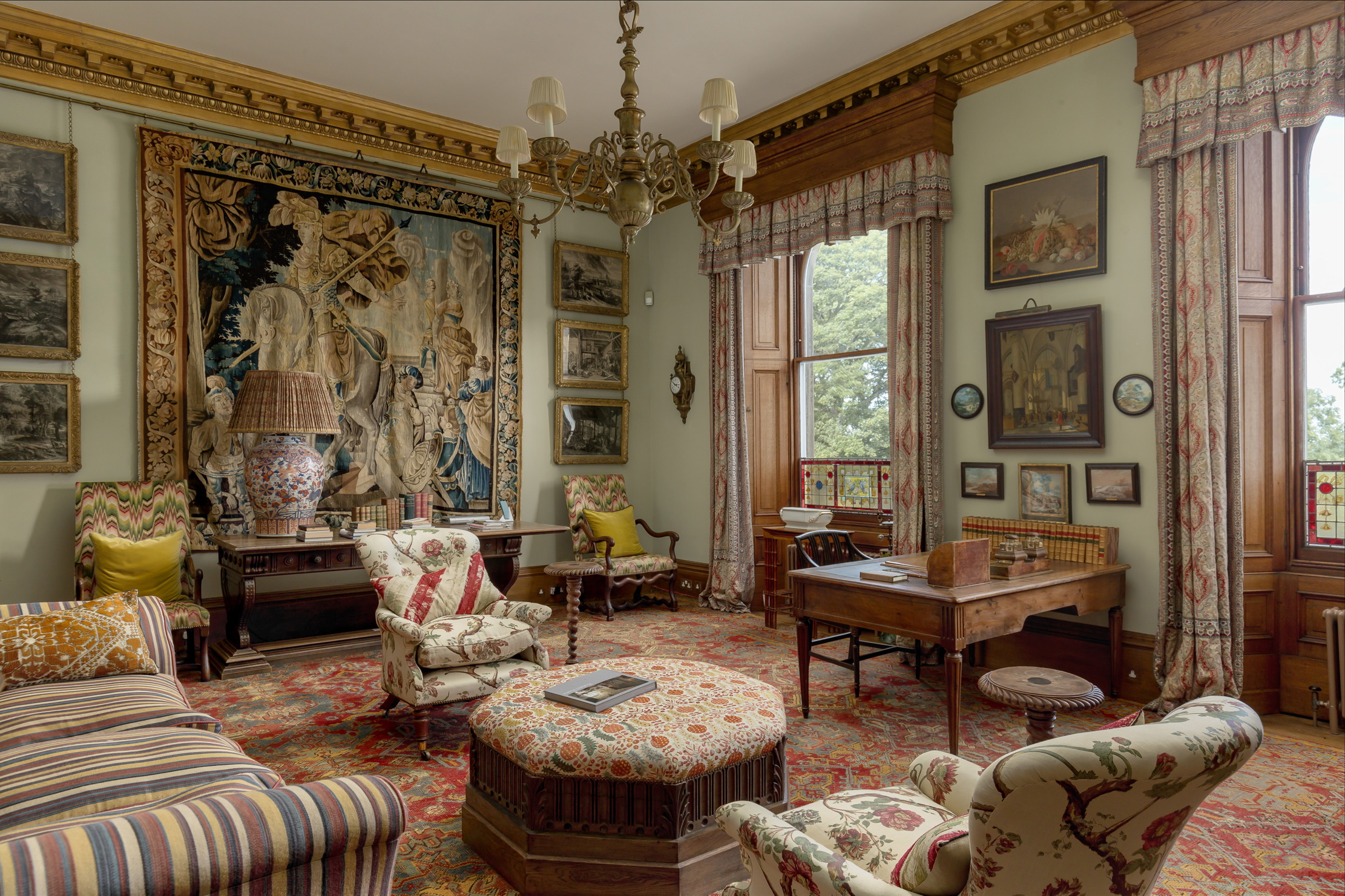 The finest interiors in Edinburgh? A seven-bedroom townhouse furnished by Robert Kime comes to market
The finest interiors in Edinburgh? A seven-bedroom townhouse furnished by Robert Kime comes to marketSituated on one of the New Town's grandest terraces, this four-storey property is a collector's dream.
By James Fisher Published
-
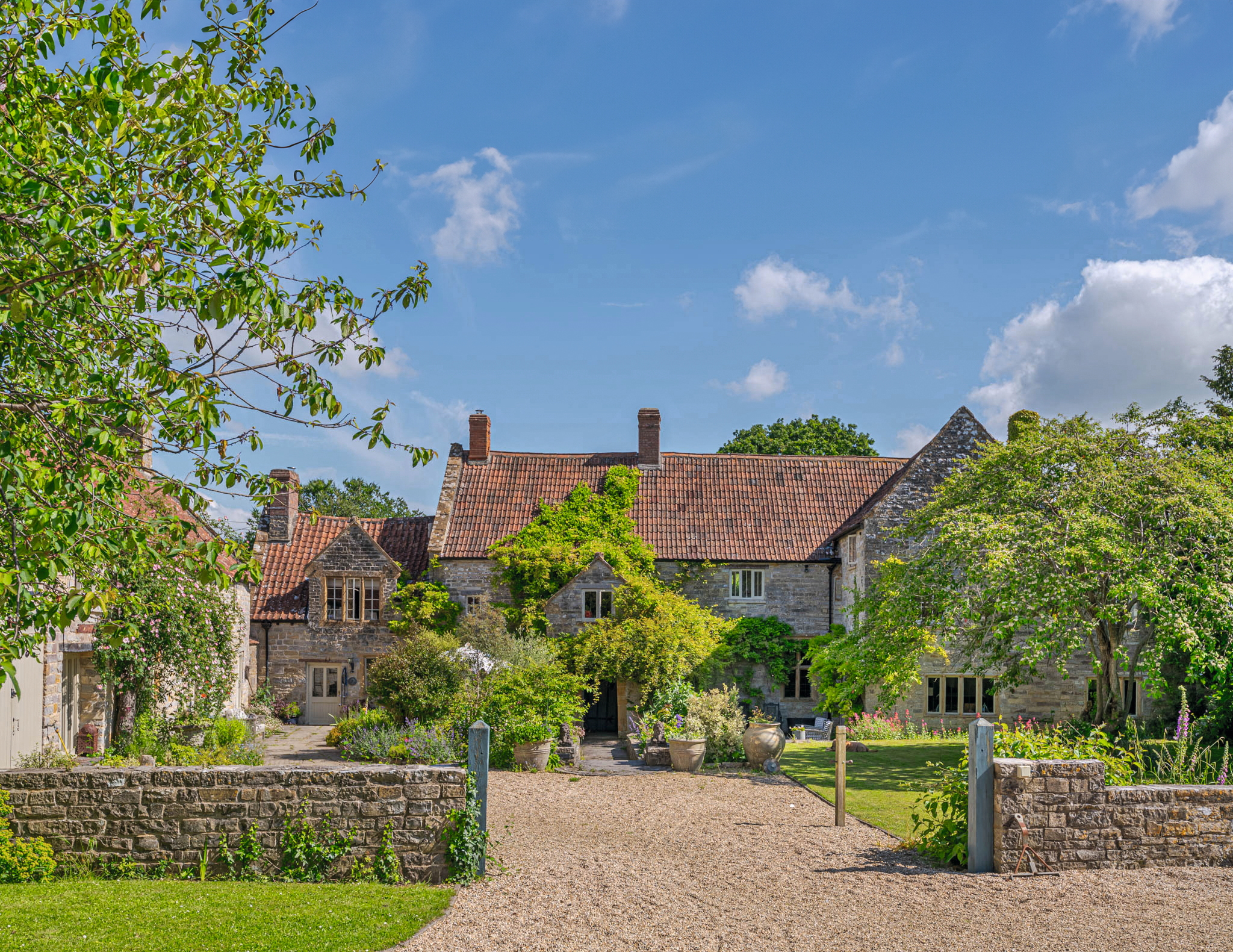 A Grade II*-listed country manor with one of the most beautiful drawing rooms in England
A Grade II*-listed country manor with one of the most beautiful drawing rooms in EnglandIf Old Manor Farm in Somerset is good enough for Pevsner, it's good enough for you.
By Penny Churchill Published
-
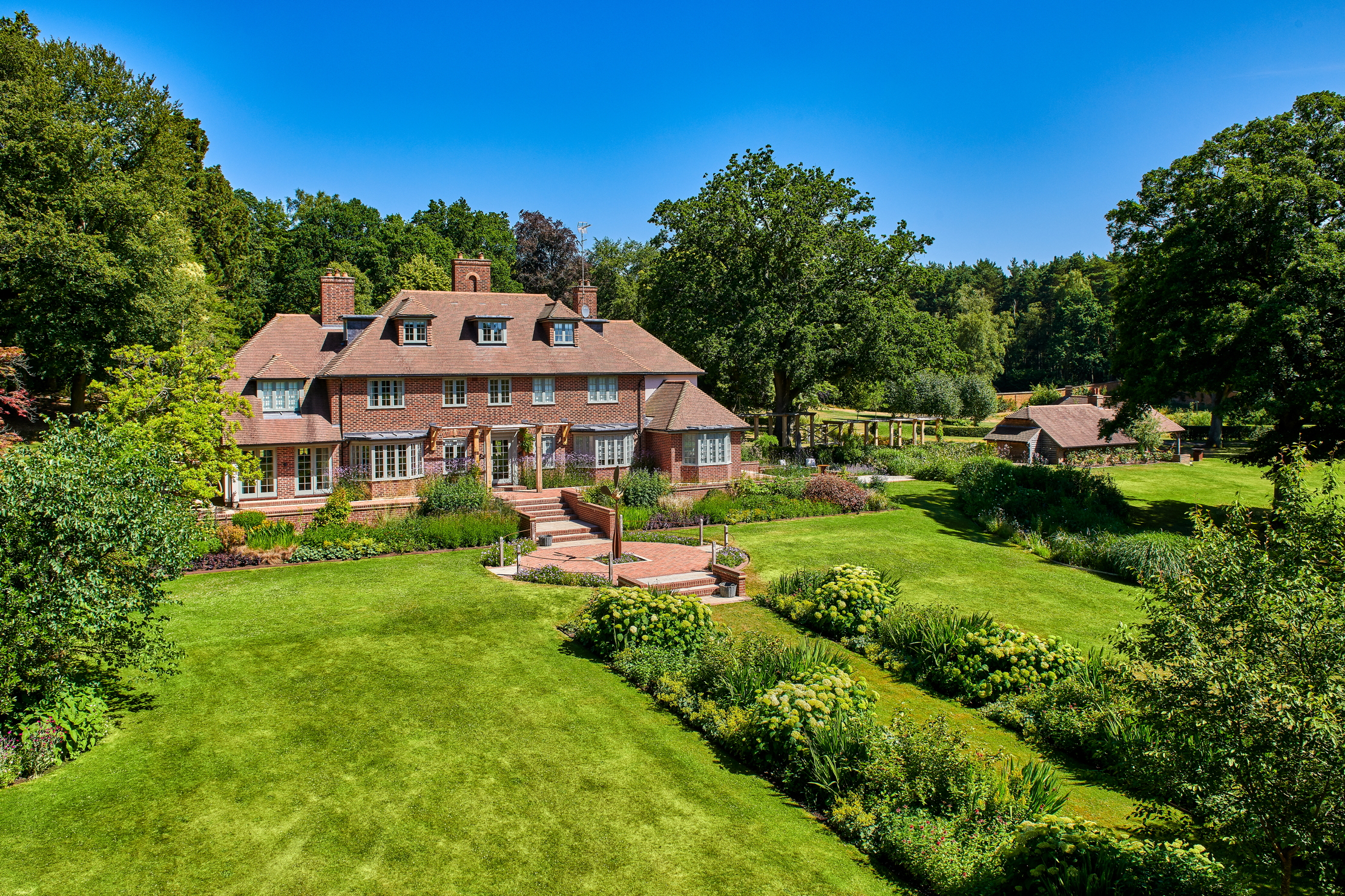 An eight-bedroom home in Surrey where an army of robots will look after your lawns
An eight-bedroom home in Surrey where an army of robots will look after your lawnsDo not fear the bladed guardians of Monksfield House. They are here to help.
By James Fisher Published

